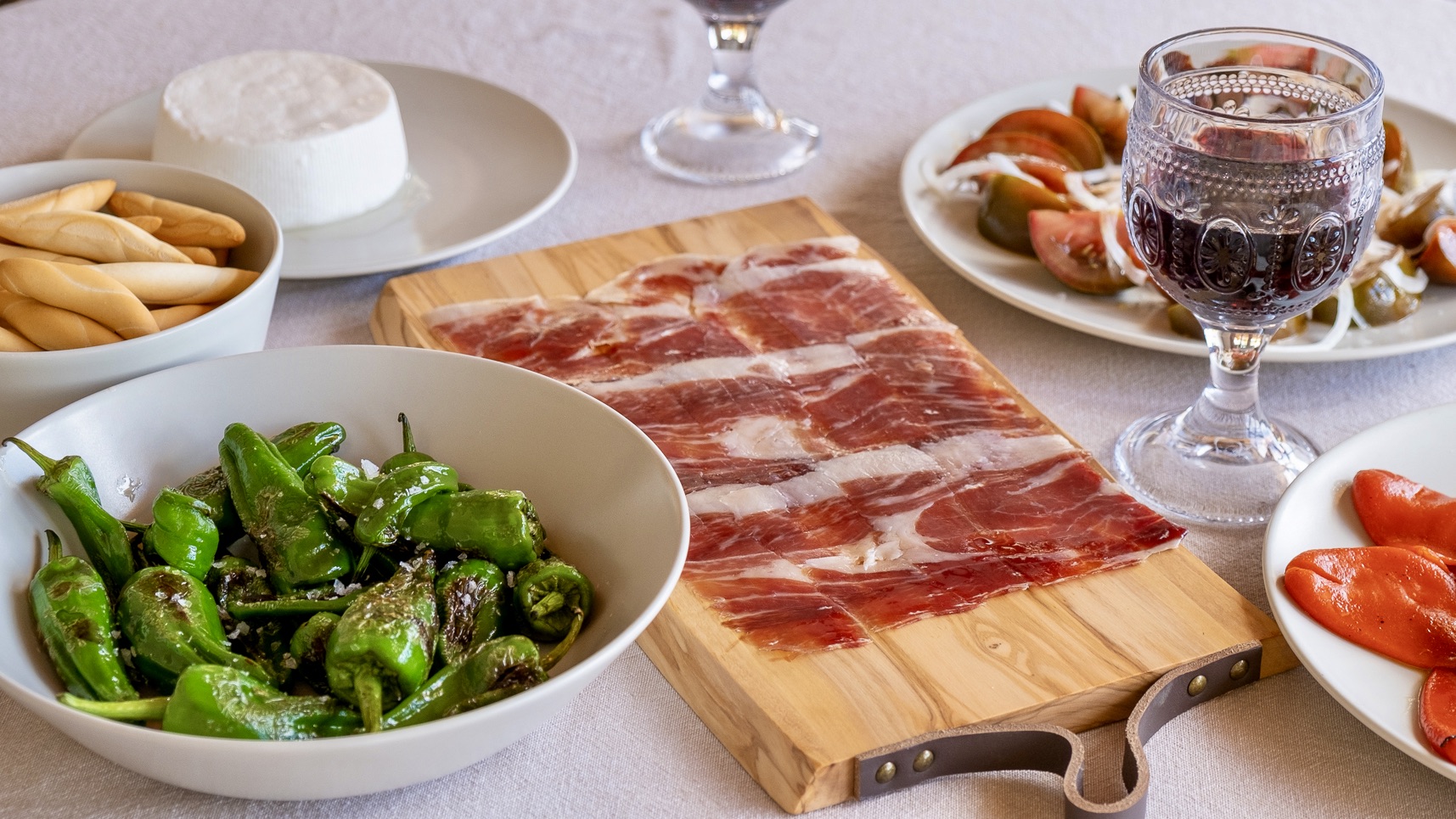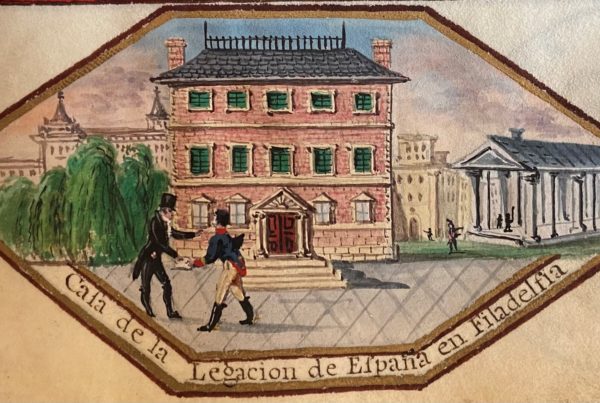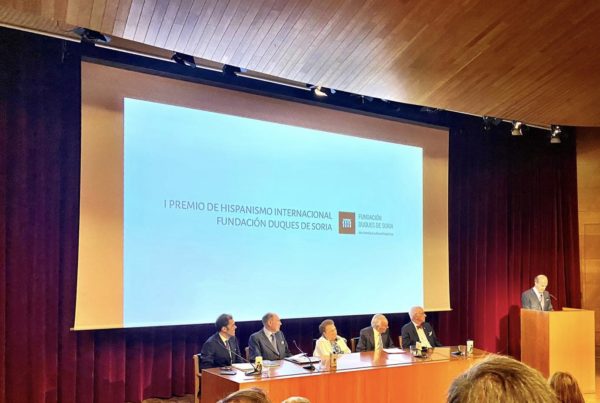The foods we most enjoy can disappear in an instant. We devour the most delicious sweets, salads, and sauces, but even when we slowly savor a perfect gazpacho, its lifespan is a blink in the eye of the long history of its recipe.
It is easy to forget that each ingredient has had its own journey to get to our plates. Not only do many of the ingredients we use daily travel to us on ships from across the globe, but the history of their travels goes back 500 years to the Age of Exploration. This is especially true when we think about Spain and the Americas.
The cuisine of Spain, of the United States, and of the Hispanophone world has been greatly altered and enriched through the exchange of ingredients and food products. In fact, many of the most “traditional” recipes from regions across both continents contain a variety of ingredients from across the Atlantic.
The traditional Spanish tortilla, centered around the potato, could not be made if this product had not been imported from the Andes hundreds of years ago. The same could be said of other traditional dishes such as the well-known “Tacos al pastor.” This Mexican delicacy is only made possible today by the pigs that Spain introduced to the Americas. The list goes on and on: cocoa, peppers, oranges, grapes, corn, avocadoes etc. All of these products crisscrossed the Atlantic, shaping the gastronomy of the entire planet and the Spanish-speaking world in particular.
In 2022, the Queen Sofia Spanish Institute will tell the history of this gastronomic exchange through our video series “My Spanish Kitchen.” We will focus on the ingredients that are most central to the culinary relationship between Spain and the Americas. Caroline Beck, our envoy in Alicante, will show us new Spanish recipes throughout the year using these ingredients, and soon, every spoonful will tell us a new story.
Stay tuned for our first video of this new season!
Uno de los elementos más representativos de la extensa relación entre España y América es el gran intercambio gastronómico que se ha producido a lo largo de más de 500 años de historia.
Ambos continentes se han beneficiado enormemente de este intercambio de alimentos, que han dado nacimiento a muchos platos tradicionales a ambos lados del Atlántico.
Bastan algunos ejemplos para ver que no se puede entender la gastronomía española sin América y viceversa. La tradicional tortilla española, cuya base es la patata, no podría realizarse si ese alimento no se hubiera importado desde América hace cientos de años. Lo mismo podría decirse de platos tan típicos como los conocidos “Tacos al pastor”. Esta delicia mexicana no podría concebirse sin el ganado porcino que España introdujo en América. La lista es muy extensa: cacao, pimientos, naranjas, uvas, maíz, aguacate… Alimentos que cruzaron el océano en ambas direcciones para enriquecer la gastronomía de todo el planeta y del mundo hispanohablante en particular.
En este 2022, desde el Queen Sofia Spanish Institute queremos dar a conocer más en detalle este intercambio gastronómico y cultural. Por ello, nuestra sección de vídeos “My Spanish Kitchen” utilizará ingredientes que cuenten la historia de la relación entre España y América. Seguiremos aprendiendo recetas típicas y la mejor manera de prepararlas con Caroline Beck, a la par que conocemos la historia de estos alimentos.
¡Estad atentos porque el primer vídeo se estrenará la semana que viene!





